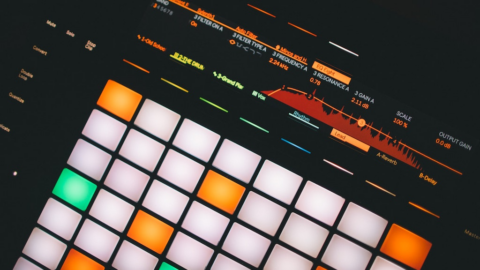The landscape of electronic music has undergone a significant transformation over the past few decades, not only in terms of sound and production techniques but also regarding representation. Women in electronic music have historically faced numerous challenges, but their contributions are now more visible than ever, reshaping the genre and inspiring future generations. This article explores the evolution of women in electronic music, highlighting key figures, their impact, and the ongoing challenges they face.
A Historical Perspective
Women have been involved in electronic music since its inception, although their contributions have often been overlooked. Early pioneers like Wendy Carlos and Delia Derbyshire were instrumental in shaping the sound of electronic music. Carlos’s groundbreaking album “Switched-On Bach” (1968) introduced the Moog synthesizer to a broader audience, while Derbyshire, as part of the BBC Radiophonic Workshop, created the iconic theme for “Doctor Who,” showcasing the possibilities of electronic sound design.
Despite these early contributions, the representation of women in the industry remained limited for decades. The landscape was predominantly male-dominated, with few opportunities for women to showcase their talents. However, the late 1990s and early 2000s began to see a shift, as the rise of genres like techno and trance opened doors for female artists.
Emerging Artists and Trailblazers
In recent years, a new wave of female artists has emerged, challenging stereotypes and making significant strides in the electronic music scene. Artists such as Nina Kraviz, Peggy Gou, and Charlotte de Witte have gained international acclaim, headlining major festivals and influencing the direction of electronic music.
- Nina Kraviz, a Russian DJ and producer, has become a prominent figure in techno music. Her eclectic style and unique approach to mixing have earned her a dedicated following. Kraviz is also an advocate for gender equality in the music industry, using her platform to highlight the importance of representation.
- Peggy Gou, a South Korean DJ and producer, has made waves with her infectious sound that blends house and techno. Her rise to fame has been marked by her vibrant performances and distinctive fashion sense, making her a role model for aspiring female DJs worldwide.
- Charlotte de Witte, a Belgian techno DJ and producer, has gained recognition for her hard-hitting sound and energetic performances. She has been a vocal advocate for women in electronic music, emphasizing the need for greater inclusivity in the industry.
The Role of Festivals and Initiatives
Festivals have played a crucial role in promoting female artists and fostering inclusivity within the electronic music scene. Events like SÓNAR, Coachella, and Tomorrowland have made concerted efforts to feature more female artists on their lineups, providing visibility and opportunities for emerging talent.
Additionally, initiatives such as Girls Make Beats and She Can DJ aim to empower young women through music education and mentorship. These programs offer workshops, resources, and performance opportunities, helping to nurture the next generation of female producers and DJs.
Challenges and Ongoing Struggles
Despite the progress made, women in electronic music still face challenges. The industry can be fraught with sexism, harassment, and a lack of representation in key roles. Women often report feeling marginalized or dismissed, particularly in technical roles such as sound engineering and production.
Moreover, the pressure to conform to certain stereotypes can hinder female artists’ creative expression. Many women feel compelled to navigate a male-dominated space, which can stifle their individuality and artistic vision.
Looking Forward: A Brighter Future
The future of women in electronic music is promising, with an increasing number of female artists carving their paths and challenging the status quo. As the industry continues to evolve, it is essential to support and amplify the voices of women, ensuring that their contributions are recognized and celebrated.
The emergence of technology and social media has provided women with new avenues for self-promotion and collaboration, further empowering them in their careers. As more women take on leadership roles within the industry, the landscape of electronic music will undoubtedly become more inclusive and diverse.
Conclusion
The evolution of women in electronic music is a testament to resilience and creativity, highlighting the important role they play in shaping the genre. As we celebrate the achievements of female artists and advocate for ongoing change, we can look forward to a more equitable and vibrant future in electronic music.
Tags: djane











